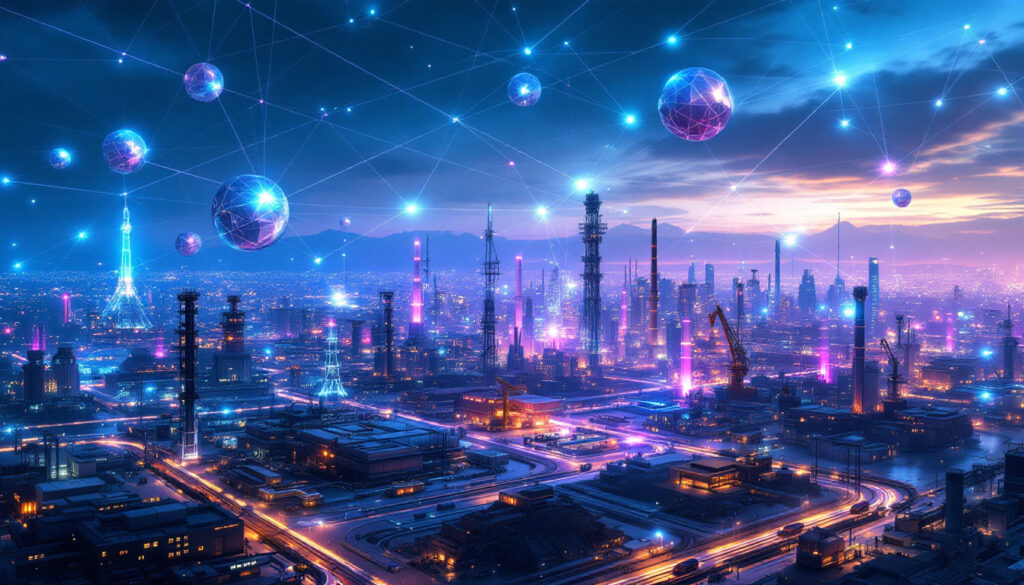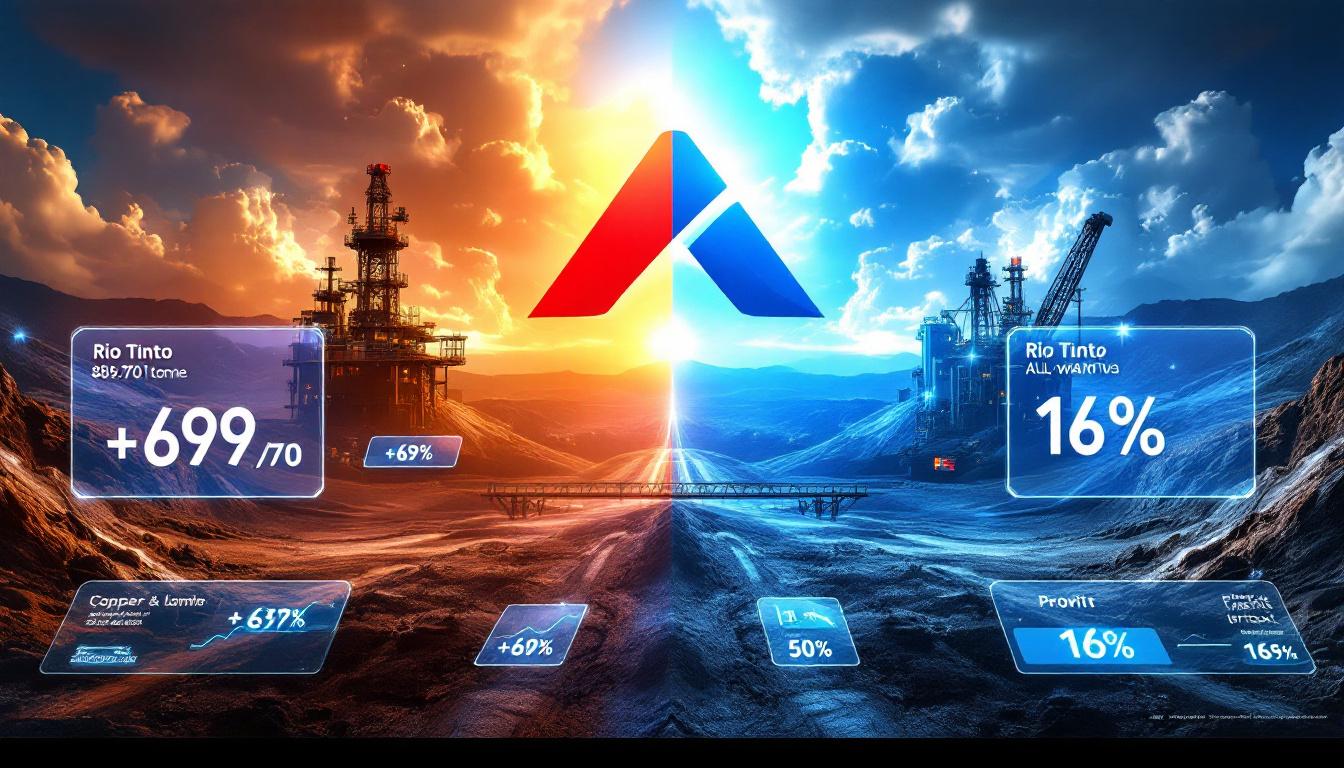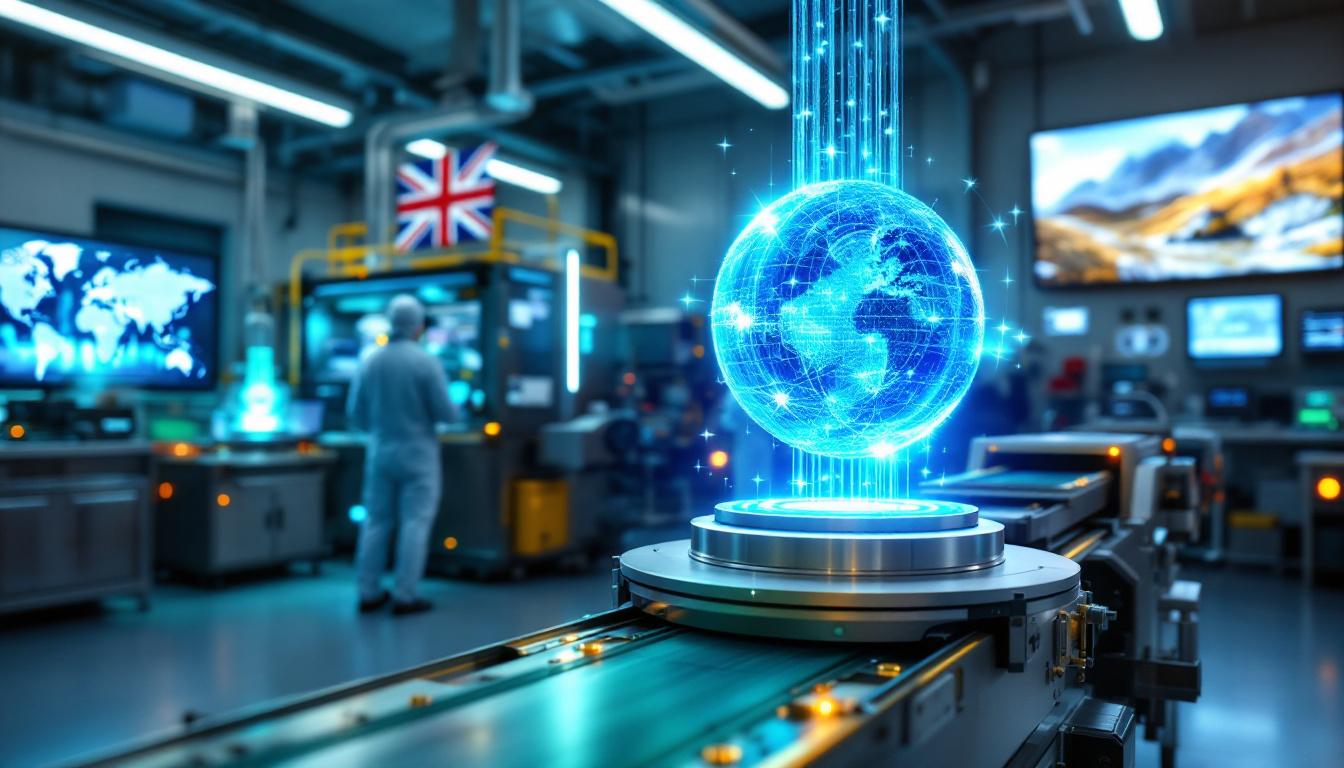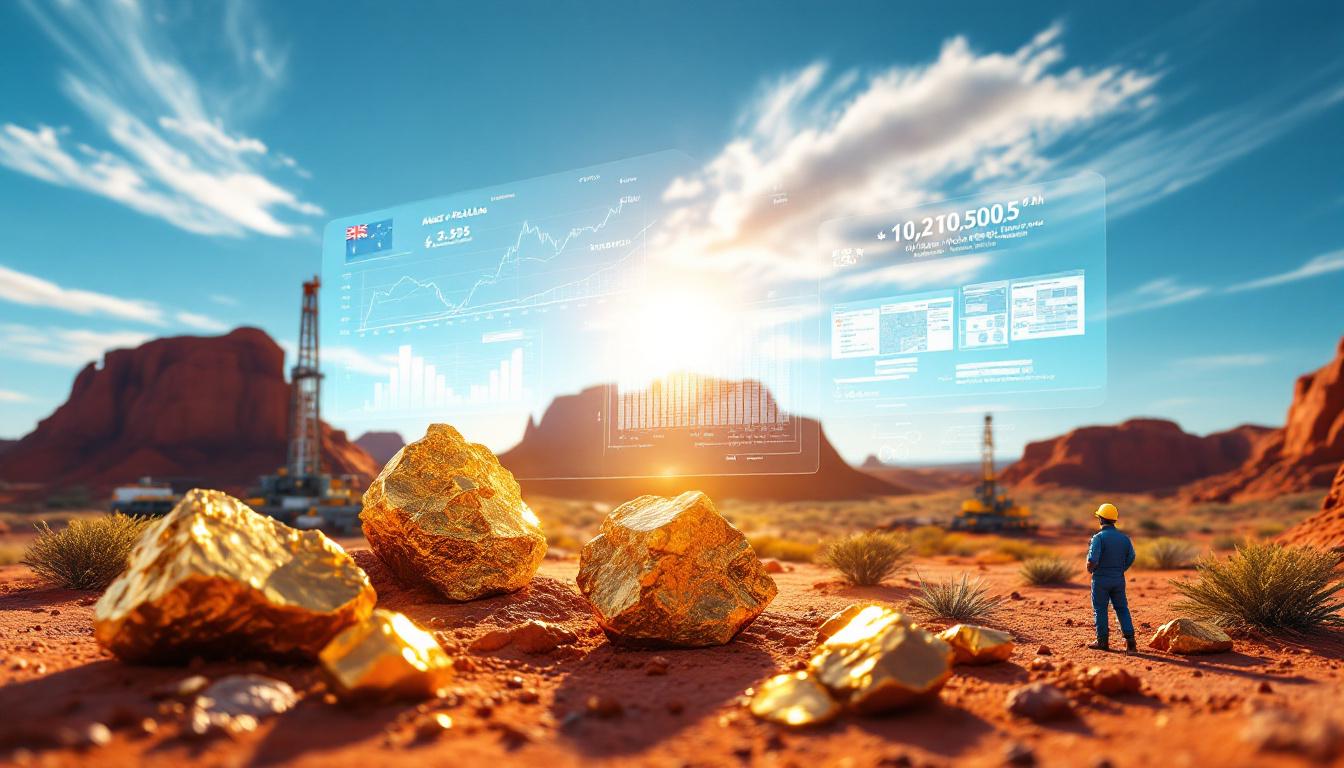Huawei announces initiatives to unlock potential of 5G-A and AI during MWC Barcelona 2025, marking a transformative moment for industrial connectivity. This evolution in network technology optimises connectivity and efficiency while creating new opportunities across sectors such as mining, manufacturing, and logistics. Furthermore, the integration of AI into network infrastructure is set to alter how industries operate worldwide.
What is 5G-Advanced (5G-A) and How Does it Differ from 5G?
5G-Advanced (5G-A) builds on the foundation established by 5G while introducing key improvements. The enhanced technical specifications offer ultra-low latency and increased connectivity. In addition, peak speeds of up to 10 Gbps uplink and 30 Gbps downlink mark a significant improvement over standard 5G.
At its core, 5G-A implements Release 18 and beyond of the 3GPP standards. Consequently, advanced network intelligence and coverage efficiency are continuously boosted. Ultra-low latencies of 1-4 milliseconds are now possible compared to 5G’s 10-15 milliseconds. This enables real-time applications critical for industrial and remote operations.
By integrating native AI at the network level, data handling becomes more efficient. Distributed intelligence across the network fabric reduces reliance on centralised cloud processing. Moreover, connection density improves dramatically, with support for up to 3 million devices per square kilometre in contrast to 5G’s limit of 1 million.
Technical Specifications and Performance Metrics
5G-A brings significant architectural improvements. For instance, spectrum utilisation across sub-6GHz and mmWave bands is enhanced. New capabilities in spectrum sharing and aggregation allow carriers to combine up to 16 component carriers. This is a noteworthy evolution from the 8 carriers in standard 5G.
Furthermore, advanced beamforming techniques now utilise 256-element antenna arrays. This is a considerable upgrade from the 64-128 elements typically deployed in 5G networks. As a result, challenging environments – such as industrial areas – receive superior coverage, which is crucial for modern mining operations.
Power efficiency improvements are also apparent in 5G-A networks. They use approximately 30% less energy than first-generation 5G systems. Consequently, radio resource management optimised by AI-driven algorithms enhances performance without sacrificing energy efficiency.
How is Huawei Positioning Itself in the 5G-A Ecosystem?
At MWC Barcelona 2025, Huawei revealed its comprehensive strategy to lead the 5G-A ecosystem. The company’s “5G-A + AI: Accelerating Industry Intelligence” initiative demonstrates its commitment to unlocking new operational capabilities. Huawei has already deployed over 3,000 commercial 5G networks in 170 countries, confirming its market dominance.
Furthermore, investments totalling around $22 billion in 5G-A R&D over the past three years underscore Huawei’s confidence. Yang Chaobin, Chairman of ICT Products & Solutions, stated,
"5G-A is not simply an incremental improvement—it revolutionises the convergence of networks and intelligence."
In addition, strategic partnerships with major mining companies and European carriers, such as Deutsche Telekom and Orange, are streamlining deployments. For more on global industry trends, check out industry insights and 5g-a summit updates.
Huawei’s comprehensive approach spans network infrastructure, edge computing, and AI solutions. Its RuralLink initiative, designed for remote industrial environments, ensures connectivity in extreme conditions. This is particularly relevant for mining operations facing challenging terrains.
What Are the Key AI Initiatives Announced by Huawei?
Huawei’s AI integration with 5G-A has resulted in several innovative offerings. The Ascend series of AI processors, including the Ascend 910B, provides 256 TFLOPS of FP16 computing power with only 600W consumption. This efficiency is a benchmark for edge AI applications.
Moreover, Huawei’s MindSpore framework now includes optimisations for telecom applications. Consequently, AI algorithms can now operate within the network fabric, reducing latency by up to 80%. This improvement is vital for time-sensitive industrial applications.
In addition, the Mining Brain solution enhances mineral extraction operations by integrating autonomous vehicles, predictive maintenance, and safety monitoring. These advancements in processing speed and AI efficiency ensure up to 40% better response times compared to traditional methods. Thus, industry stakeholders view Huawei’s integrated approach as a significant competitive advantage.
How Will 5G-A and AI Transform Industrial Operations?
Case studies presented at MWC revealed the transformative potential of 5G-A and AI. At a copper mine in Chile, autonomous haulage systems boosted productivity by 32% after deployment via 5G-A infrastructure.
A comprehensive ROI analysis showed that even though initial costs for mid-sized operations average $15-20 million, breakeven is typically reached within 18-24 months. Furthermore, remote operations now control excavators over 1,500 kilometres away, enabling skilled operators to work in comfortable, centralised control rooms.
Predictive maintenance by AI analysis of sensor data transmitted over 5G-A networks has reduced unplanned downtime by up to 78% in various manufacturing contexts. This efficiency is achieved through real-time analysis of operational data. Additionally, mining operations benefit greatly through increased safety and productivity.
For detailed industry trends, consider the perspectives in mining innovations.
What Challenges Must Be Overcome for Widespread 5G-A and AI Adoption?
Despite the impressive advances, barriers to widespread adoption remain. Technical integration represents a significant hurdle. Many facilities operate equipment spanning 15-20 years of technological evolution, making retrofitting with new sensors and systems complex.
Moreover, regulatory frameworks vary across regions. Some jurisdictions have reserved industrial spectrum, while others require private-public partnerships for 5G-A deployments. Consequently, this situation can slow the pace of innovation.
Security is another paramount concern. Thousands of connected devices increase the potential attack surface, necessitating zero-trust security architectures and continuous monitoring. In addition, investment costs for connected devices average between $4,000 and $8,000 each over five years, which further complicates implementation.
These challenges highlight the need for strategic planning and phased rollouts. For further insights into overcoming these hurdles, review the discussion on mining industry transformation.
How Does 5G-A Enable New IoT Applications?
5G-A significantly expands IoT capabilities. Notably, device density improvements facilitate sensor deployments on an unprecedented scale. Some mining operations now monitor over 100,000 distinct measurement points, aiding comprehensive operational oversight.
Power efficiency in 5G-A-connected sensors now allows battery life extensions up to 10 years. This is in contrast to the 2-3 years typical with standard 5G deployments. Consequently, maintenance demands are reduced markedly.
Furthermore, integrating edge computing dramatically decreases backhaul data requirements by up to 90%. This is vital for applications such as video analytics and equipment monitoring. Real-world deployments in remote Australian mines now support over 50,000 sensors using private 5G-A networks.
What is the Business Case for 5G-A and AI in Mining Operations?
Mining operations provide one of the most compelling use cases for 5G-A and AI. Autonomous haulage systems, for example, increase productive hours by up to 20% while minimising human exposure to hazardous conditions.
Key benefits include:
- A 15-30% higher throughput from autonomous systems
- A reduction in lost-time incidents by up to 70%
- A typical ROI period of 18-36 months
For broader market perspectives, it is useful to consider mining finance trends. Such data underscores substantial net benefits in the range of $45-75 million over five years.
How Will 5G-A and AI Impact Environmental Sustainability?
Many industrial players are increasingly focused on environmental sustainability. Energy efficiency improvements in 5G-A contribute to lower power consumption. For instance, new Radio Access Network components use approximately 30% less power compared to earlier models.
Optimised operations have led to notable environmental benefits. One mining operation recorded a 23% reduction in fuel consumption after implementing AI-optimised haulage routes. In addition, initiatives such as mining's clean energy highlight the sector's transition towards greener practices.
Decarbonisation efforts are also in full swing. Operators are now measuring reductions on a per-ton produced basis. Moreover, research into mining decarbonisation further demonstrates these trends in industrial environmental strategies.
FAQs: 5G-A and AI Implementation
What timeline should companies expect for 5G-A implementation?
Typical enterprise implementations require 6-12 months from planning to full deployment. Phased approaches are recommended, with pilot deployments possible within 3-4 months.
Are existing 5G investments compatible with 5G-A?
Most post-2022 5G infrastructures can be upgraded with software updates. However, older deployments may need significant hardware replacements.
What is the typical cost structure for industrial 5G-A deployment?
For a mid-sized facility, initial investments range from $3-5 million covering infrastructure, edge computing, and software. Ongoing expenses average 15-20% of the initial cost annually.
How should organisations plan the migration from existing connectivity solutions?
A three-phase approach is advisable:
1. Overlay new 5G-A networks while maintaining existing systems,
2. Gradually transition mission-critical applications, and
3. Decommission legacy systems after thorough validation.
What's Next for 5G-A and AI Technology Development?
The future of 5G-A looks set to evolve with upcoming 3GPP standards, such as Releases 19 and 20, which will further integrate sensing with communication capabilities. These advancements will enable networks that monitor environmental conditions while facilitating robust communication.
In addition, AI will take on roles of fully autonomous network management. Self-optimising systems are expected to adjust infrastructure in real time according to demand. For instance, disruptive applications like holographic communications may allow remote experts to interact with industrial sites through immersive 3D interfaces.
As the industry converges, the digital transformation in mining becomes more evident. In this context, innovations such as mining innovations will continue to redefine operational capabilities. Ultimately, the vision of an "invisible infrastructure" may soon become a reality, driven by advanced 5G-A networks and embedded AI.
In conclusion, the integration of 5G-A and AI represents a landmark step forward. As demonstrated by Huawei’s initiatives, these advancements will not only transform industrial operations but also drive sustainability and efficiency across global markets.
Seeking to stay ahead in the mining technology revolution?
Discover how major technological advancements like 5G-A and AI could impact investment opportunities in the mining sector by visiting Discovery Alert's dedicated discoveries page, where our proprietary Discovery IQ model delivers real-time alerts on significant mineral discoveries, helping you capitalise on transformative industry developments before the broader market.




